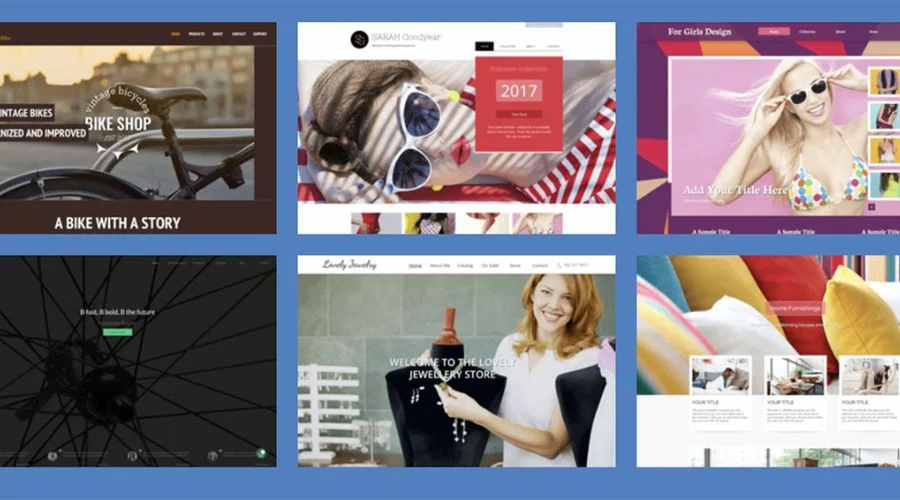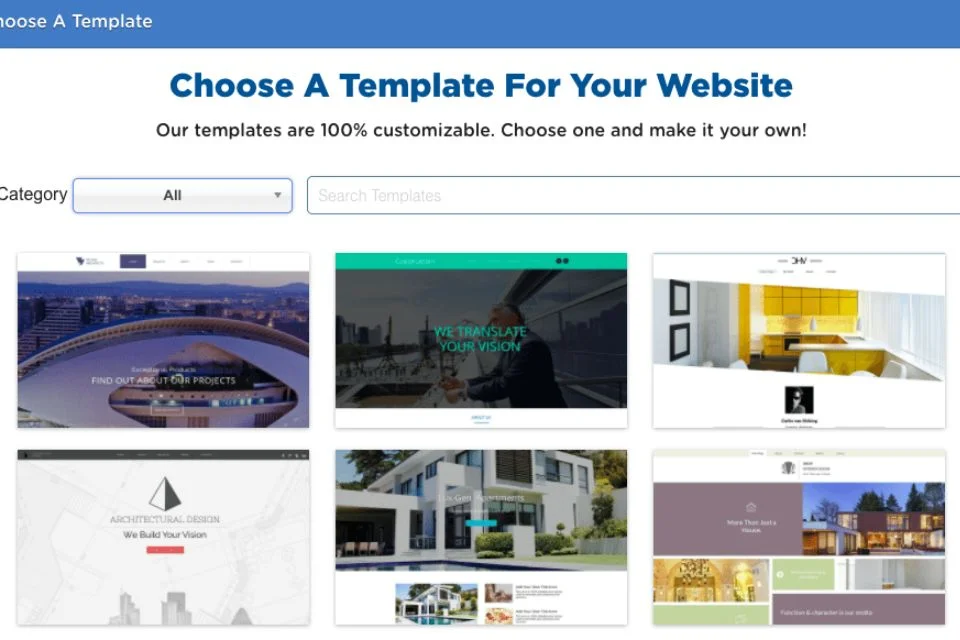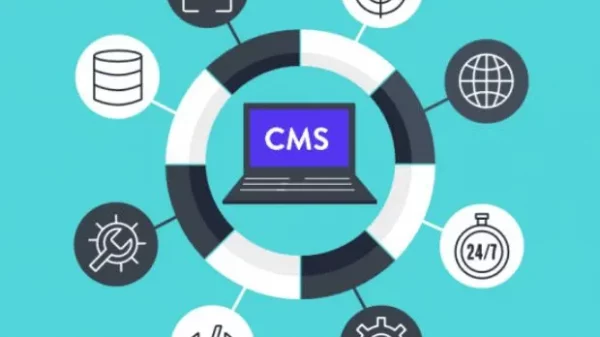Website design is a critical component of any website, and it is essential to have a website that is visually appealing, easy to navigate, and fast to load. In today’s digital world, it is crucial to have a website that stands out from the crowd and catches the attention of potential customers. This blog post will explore the best practices for SEO optimized copywriting in web design.
Fundamentals of Web Design
To design a website, one must understand the basics of web design. This includes knowing the principles and elements of web design. The principles of web design are balance, contrast, emphasis, rhythm, and unity. Balance ensures that the elements on a page are evenly distributed, while contrast helps in distinguishing different elements on a page. Emphasis involves making certain elements stand out, while rhythm ensures that the elements are arranged in a way that creates a sense of movement. Unity ensures that all elements on a page work together to create a cohesive look and feel.
The elements of web design include layout, color, typography, images, and whitespace. Layout refers to how the elements on a page are arranged, while color is used to create a visual hierarchy and evoke emotions. Typography refers to the typeface, font size, and spacing of text, while images help in conveying information and creating interest. Whitespace is the space between the elements on a page, and it helps in creating a balance and giving the eyes a break.
Best Practices in Web Design
Designing a website is not just about making it look good; it is also about ensuring that it is usable, accessible, and optimized for search engines. The following are some best practices in web design:
Design for User Experience: The primary goal of a website is to provide value to the user. Thus, web designers must ensure that the website is easy to navigate, loads fast, and provides relevant and useful content.
Responsive Web Design: With the rise of mobile devices, it is crucial to design websites that are optimized for different screen sizes. Responsive web design ensures that the website looks good and functions well on different devices.
Accessibility in Web Design: Web designers must ensure that their websites are accessible to people with disabilities. This includes using proper HTML tags, providing alt text for images, and ensuring that the website can be navigated using a keyboard.
Web Design Trends

Web Design Trends | hermagic
Web design is constantly evolving, and it is essential to keep up with the latest trends to stay relevant. Some emerging trends in web design include:
Dark mode: Dark mode is becoming increasingly popular as it reduces eye strain and gives a modern and sleek look to websites.
Asymmetry: Asymmetrical designs are becoming more popular as they create a unique and memorable look and feel.
Microinteractions: Microinteractions are small animations that provide feedback to the user and make the website more interactive and engaging.
Tools and Techniques for Web Design
Web designers use a variety of tools and techniques to create websites. Some design tools include Adobe Photoshop, Sketch, and Figma. Prototyping tools such as InVision and Marvel help in creating interactive prototypes of the website. Front-end development tools such as HTML, CSS, and JavaScript are used to create the website’s structure, style, and interactivity.
Web Design with HostGator

Web Design with HostGator | hermagic
The website offers professional web design services to help businesses create a stunning and mobile-friendly online presence. With a focus on boosting search engine rankings, the site promises increased visibility for clients. The team of experts will work closely with clients to develop a personalised website using premium templates and up to 3 pages of SEO-friendly content. All websites are built on WordPress, ensuring a user-friendly experience for both clients and visitors.
Clients will have access to a dedicated account manager who will oversee monthly campaign reviews and provide comprehensive training to enable clients to update their websites themselves. Additionally, an SEO expert will help to strategize maximum traffic to the new website.
For those looking to sell products online, the website offers seamless eCommerce integration. Clients can build a fully functional online store with up to 10 product pages and have access to payment processing and shipping solutions through OpenCart. With professional design, personalised support, and integrated eCommerce functionality, this website provides a one-stop solution for businesses looking to establish an effective online presence.
Conclusion-
Web design is an ever-evolving field that requires constant learning and adaptation. By understanding the fundamentals, following best practices, and keeping up with the latest trends, designers can create engaging and effective websites that provide value to their users. Understanding the fundamentals of web design, following best practices, and keeping up with the latest trends can help in creating an engaging and effective website. Designing for user experience, ensuring accessibility, and optimising for search engines are critical aspects of web design that should not be overlooked. For more information, visit Hostgator and Hermagic.
FAQ’s









































































